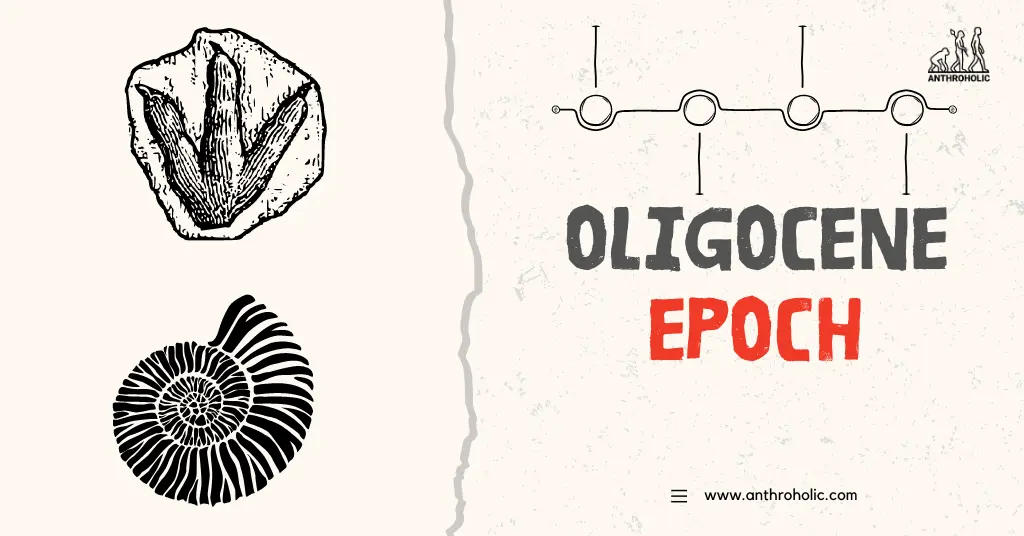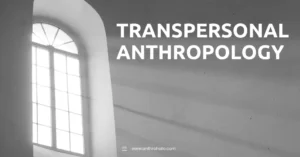AI Answer Evaluation Platform Live Now. Try Free Answer Evaluation Now
Oligocene Epoch
The Oligocene epoch, a significant period in Earth’s geological history, spanned from approximately 33.9 million to 23 million years ago. This epoch, nestled between the Eocene and Miocene epochs, was a time of considerable change and evolution, both in terms of climate and life on Earth [1].

Climate and Geographical Changes
Global Cooling
One of the most significant climatic changes during the Oligocene epoch was a global cooling trend. This cooling was a continuation of the temperature drop that began in the Eocene epoch. The cooling trend led to the formation of an ice cap on Antarctica, marking the transition from a “greenhouse Earth” to an “icehouse Earth” [2].
Continental Drift
During the Oligocene, the continents continued to drift towards their present-day positions. Antarctica moved to its current location over the South Pole, and Australia separated from it, leading to the formation of the Antarctic Circumpolar Current. This current played a crucial role in the global climate change, as it isolated Antarctica from warm equatorial currents, contributing to the formation of the Antarctic ice cap [3].
Flora and Fauna of the Oligocene
Flora
The Oligocene epoch was marked by a significant diversification of plant life. The cooling climate led to the development of deciduous forests in areas that were previously dominated by tropical rainforests. Grasslands also began to appear, setting the stage for the evolution of grazing mammals in the Miocene [4].
Fauna
The Oligocene epoch was a time of significant evolution and diversification for mammals. Some of the notable mammalian groups that evolved during this period include:
- Primates: The first apes appeared during the Oligocene, marking a significant step in human evolution [5].
- Cetaceans: The ancestors of modern whales and dolphins evolved during this period, adapting to fully aquatic lifestyles [6].
- Artiodactyls and Perissodactyls: These groups, which include modern-day horses, deer, and their relatives, diversified significantly during the Oligocene [7].
| Mammalian Group | Evolutionary Significance |
|---|---|
| Primates | First apes appeared |
| Cetaceans | Ancestors of modern whales and dolphins evolved |
| Artiodactyls and Perissodactyls | Significant diversification |
The Oligocene Epoch: A Deeper Dive
Oligocene’s Impact on Oceanic Life
Marine Life
The Oligocene epoch also witnessed significant changes in marine life. The formation of the Antarctic Circumpolar Current led to a nutrient-rich upwelling system, which supported a diverse array of marine life [8]. The first appearance of planktonic foraminifera, a type of marine plankton, occurred during this period, marking a significant development in the marine food chain [9].
Marine Mammals
The evolution of cetaceans (whales, dolphins, and porpoises) was a significant event in the Oligocene. These creatures transitioned from land-dwelling animals to fully aquatic species. The fossil record from this epoch shows a variety of primitive whales, indicating a period of rapid evolution and diversification [10].
Oligocene’s Impact on Avian Life
The Oligocene epoch was also a time of significant evolution for birds. The first large, flightless birds appeared during this period, including the ancestors of ostriches, emus, and kiwis. These birds evolved in response to the changing climate and the spread of open grasslands [11].
Oligocene’s Impact on Insect Life
Insects, too, evolved during the Oligocene epoch. The spread of grasslands led to the evolution of new types of grass-eating insects, including the ancestors of many modern grasshoppers and beetles. The diversification of flowering plants also led to the evolution of a wide variety of pollinating insects [12].
The Oligocene’s Legacy
The Oligocene epoch’s global cooling and the evolution of diverse flora and fauna had a profound impact on Earth’s ecosystems. The changes that occurred during this period set the stage for the world as we know it today. The Oligocene’s legacy can be seen in the diversity of life on Earth, the distribution of continents, and the global climate.
Conclusion
The Oligocene epoch was a time of significant transition, both in terms of climate and life on Earth. The global cooling trend and continental drift shaped the Earth’s climate and geography, while the diversification of plant and animal life set the stage for the ecosystems we see today. Understanding the Oligocene epoch helps us appreciate the dynamic nature of our planet and the intricate interplay between life and the environment.
References
[1] Prothero, D. R. (1994). The Late Eocene-Oligocene extinctions. Annual Review of Earth and Planetary Sciences, 22(1), 145-165.
[2] Zachos, J., Pagani, M., Sloan, L., Thomas, E., & Billups, K. (2001). Trends, rhythms, and aberrations in global climate 65 Ma to present. Science, 292(5517), 686-693.
[3] Lawver, L. A., & Gahagan, L. M. (2003). Evolution of Cenozoic seaways in the circum-Antarctic region. Palaeogeography, Palaeoclimatology, Palaeoecology, 198(1-2), 11-37.
[4] Strömberg, C. A. (2011). Evolution of grasses and grassland ecosystems. Annual Review of Earth and Planetary Sciences, 39, 517-544.
[5] Seiffert, E. R. (2007). A new estimate of afrotherian phylogeny based on simultaneous analysis of genomic, morphological, and fossil evidence. BMC Evolutionary Biology, 7(1), 1-13.
[6] Uhen, M. D. (2010). The origin(s) of whales. Annual Review of Earth and Planetary Sciences, 38, 189-219.
[7] Prothero, D. R., & Foss, S. E. (2007). The evolution of artiodactyls. Johns Hopkins University Press.
[8] Kennett, J.P. (1977). Cenozoic evolution of Antarctic glaciation, the circum-Antarctic Ocean, and their impact on global paleoceanography. Journal of Geophysical Research, 82(27), 3843-3860.
[9] Pearson, P.N., et al. (2006). Stable warm tropical climate through the Eocene Epoch. Geology, 34(3), 211-214.
[10] Uhen, M.D. (2004). Form, function, and anatomy of Dorudon atrox (Mammalia, Cetacea): an archaeocete from the Middle to Late Eocene of Egypt. University of Michigan Papers on Paleontology, 34, 1-222.
[11] Mayr, G. (2009). Paleogene Fossil Birds. Springer.
[12] Labandeira, C.C. (1998). Early history of arthropod and vascular plant associations. Annual Review of Earth and Planetary Sciences, 26, 329-377.




